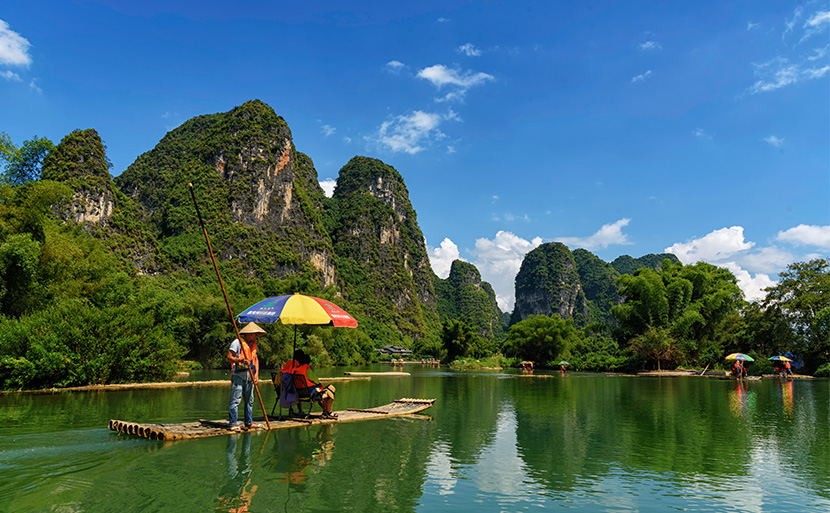In this article, we will take you on a mesmerizing journey through the top 10 must-visit sights in China. From the awe-inspiring Great Wall of China to the majestic Terracotta Army, and from the grandeur of the Forbidden City to the tranquility of the Summer Palace, these remarkable destinations will leave you breathless.
Here are the top 10China Sightseeing with detailed descriptions, highlights, useful tips, and instructions on how to get there:
1. The Great Wall of China
The Great Wall of China, stretching over 13,000 miles, is a monumental feat of ancient engineering. Built primarily between the 7th and 16th centuries to protect Chinese states and empires from invasions, this iconic structure winds through varied terrains such as mountains, deserts, and forests. Visitors often marvel at both the scale and the historical significance of this ancient wonder.
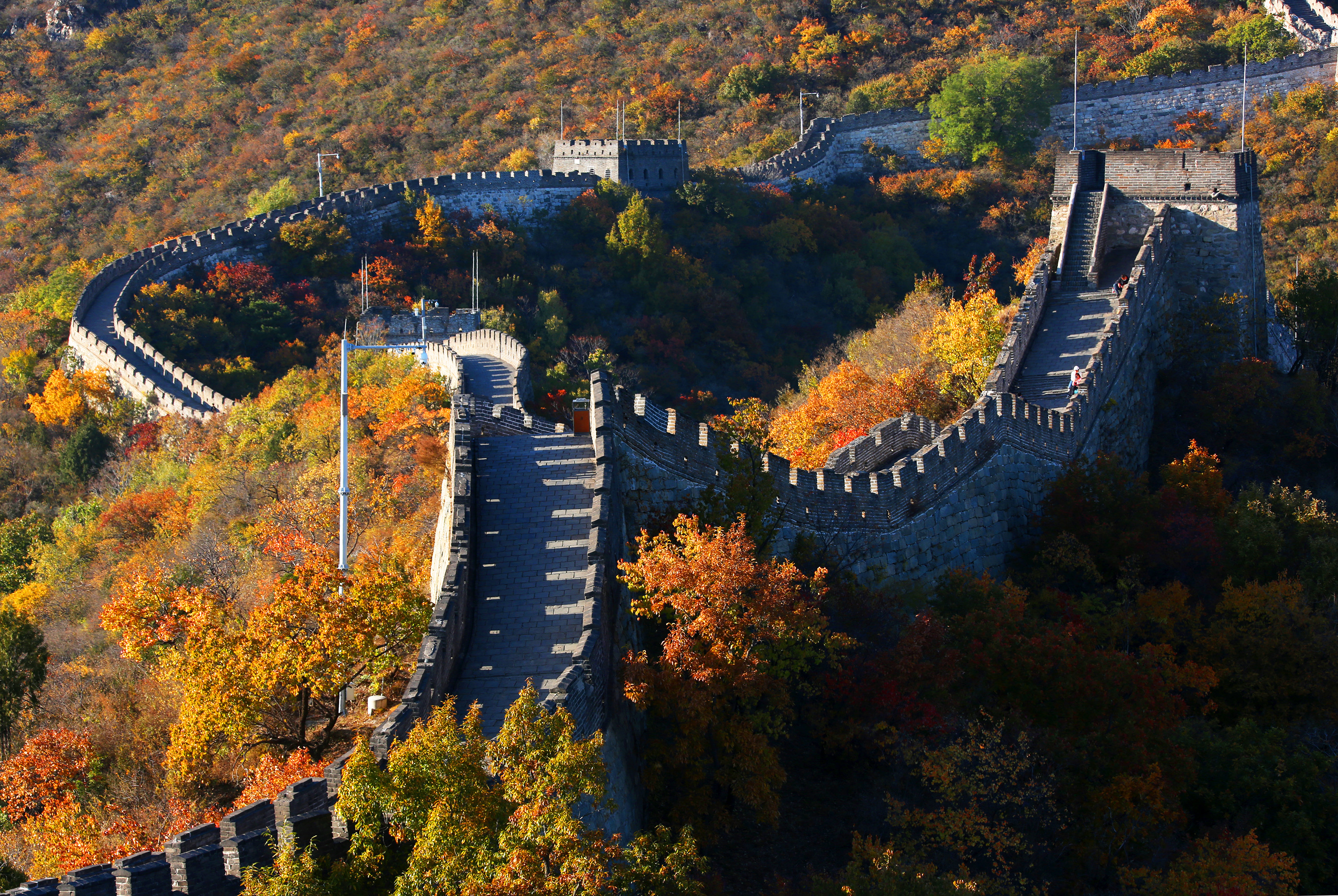
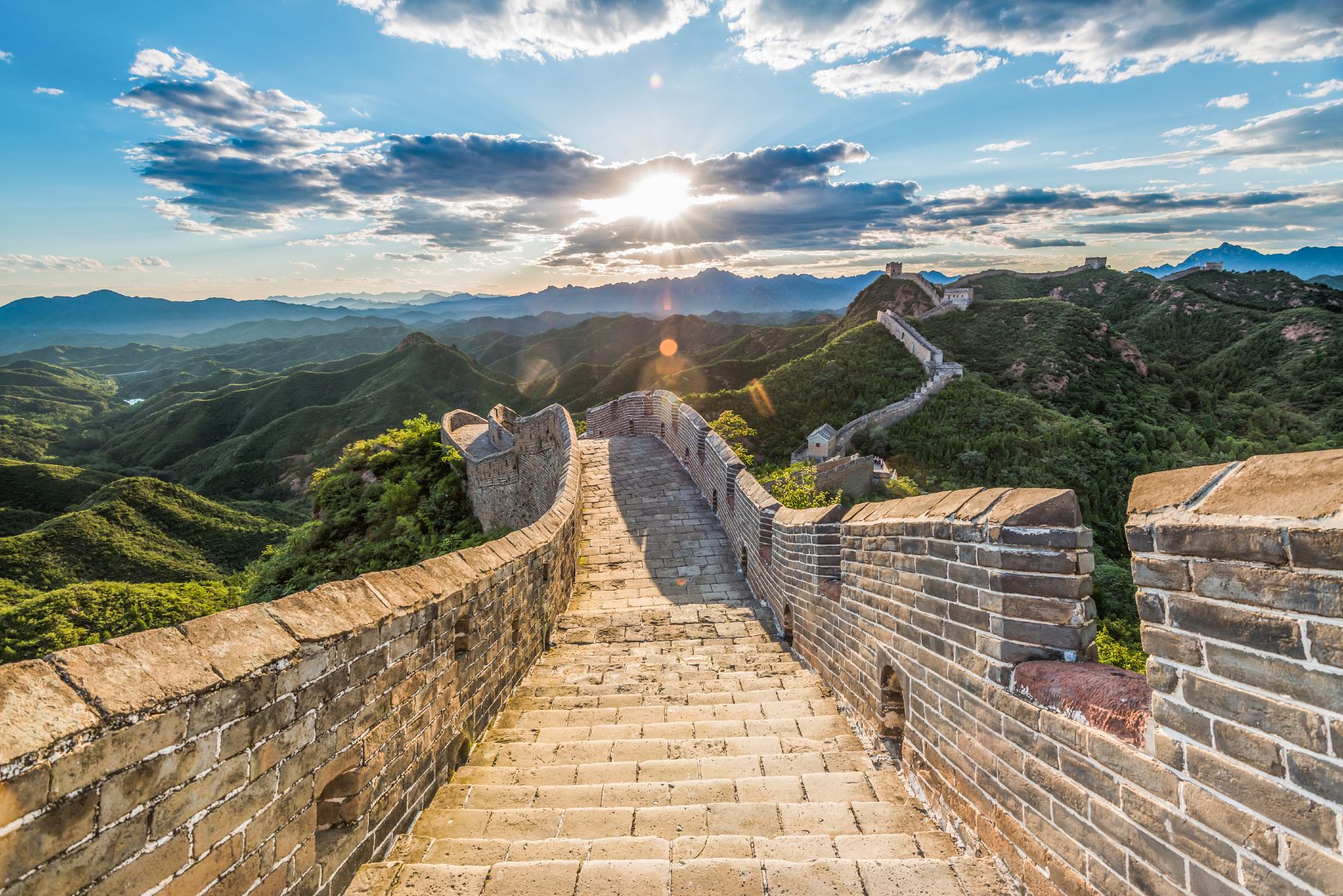
Highlight:
The Mutianyu section is particularly popular due to its well-preserved condition and fewer tourists compared to the Badaling section. It provides stunning views and a unique experience with its cable car rides and toboggan descent.
Useful Tips:
- Wear comfortable walking shoes as the terrain can be uneven.
- Carry water and snacks, especially if you plan on hiking long sections.
- Visit early in the morning or late afternoon to avoid crowds.
How to Get There:
From Beijing, you can take a bus, hire a private car, or join a tour group to the Mutianyu section. The journey takes about 1.5 to 2 hours.
2. The Terracotta Army
Located in Xi’an, the Terracotta Army is a collection of terracotta sculptures representing the armies of Qin Shi Huang, the first Emperor of China. Discovered in 1974 by local farmers, this UNESCO World Heritage site includes thousands of life-sized terracotta soldiers, horses, and chariots arranged in battle formation, each with distinct facial features and expressions.
Highlight:
The sheer number of figures and the detailed craftsmanship make this attraction a must-see. The site also includes a museum with artifacts and historical information about the Qin Dynasty.
Useful Tips:
- Plan your visit early in the day to avoid large crowds.
- Allocate at least 2-3 hours to fully explore the site.
- Opt for an audio guide or join a guided tour for a more informative experience.
How to Get There:
Take a bus or a taxi from Xi’an city center. The journey takes about 40 minutes. Alternatively, you can join a guided tour from Xi’an.
3. The Forbidden City
The Forbidden City in Beijing served as the imperial palace for 24 emperors during the Ming and Qing dynasties. It is the world’s largest palace complex, covering 180 acres and featuring 980 surviving buildings. This UNESCO World Heritage site offers a glimpse into ancient Chinese architecture, culture, and history.
Highlight:
Key attractions within the Forbidden City include the Hall of Supreme Harmony, the Hall of Central Harmony, and the Hall of Preserving Harmony, each showcasing intricate designs and historical artifacts.
Useful Tips:
- Purchase tickets in advance, especially during peak tourist seasons.
- Wear comfortable shoes as there’s a lot of ground to cover.
- Bring a map or use a mobile app to navigate the extensive complex.
How to Get There:
The Forbidden City is located in central Beijing. The nearest subway station is Tiananmen East or Tiananmen West on Line 1.
4. The Summer Palace
The Summer Palace in Beijing is a stunning example of Chinese landscape garden design, covering 290 hectares. It served as a royal retreat and features a harmonious blend of natural beauty and traditional Chinese architecture, including pavilions, halls, and bridges.
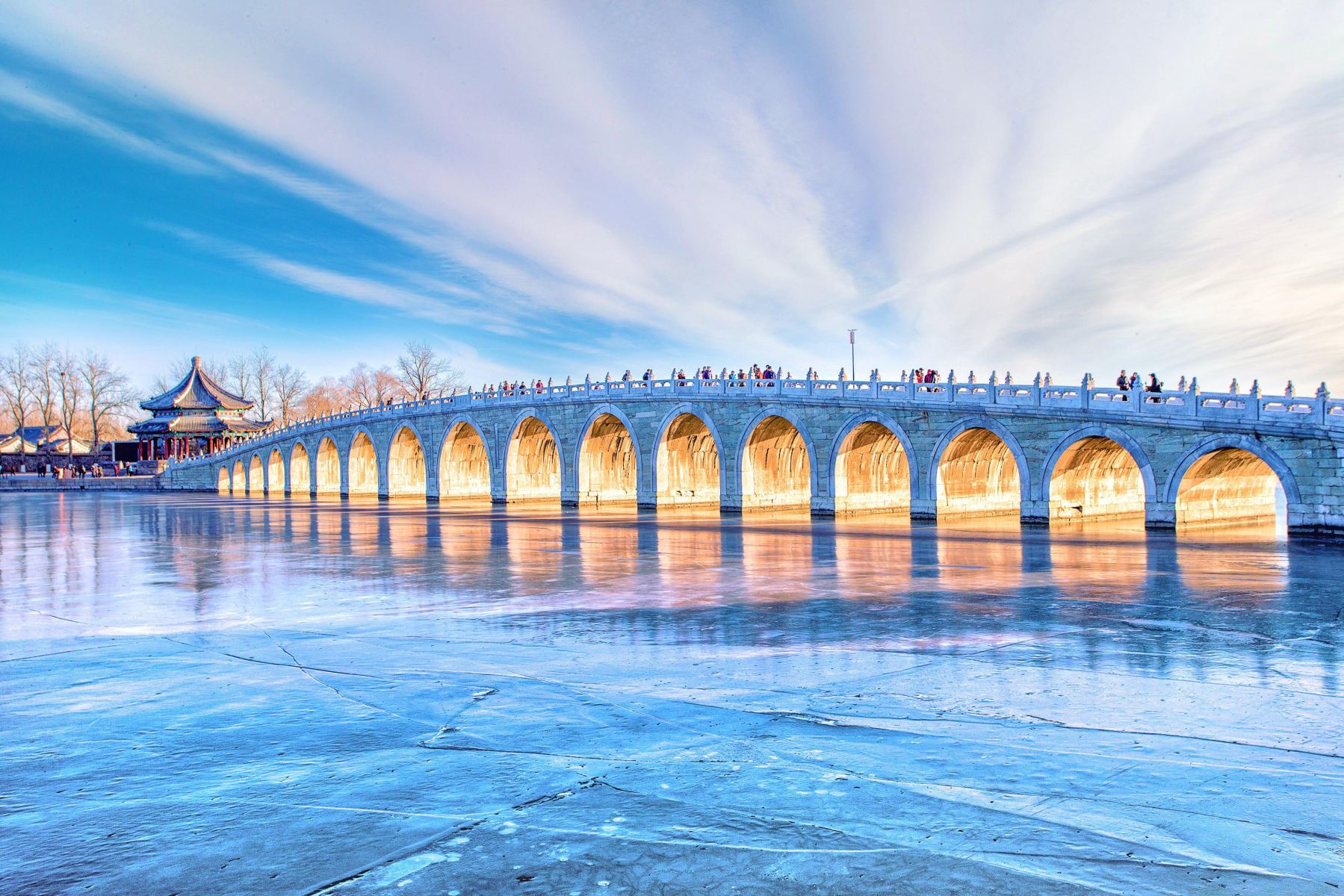
Highlight:
Kunming Lake and Longevity Hill are the central features, offering breathtaking views and serene boat rides. The Long Corridor, adorned with over 14,000 paintings, is another highlight.
Useful Tips:
- Allocate a full day to explore the vast grounds.
- Wear sunscreen and a hat, as there is minimal shade.
- Take a boat ride on Kunming Lake for a unique perspective.
How to Get There:
Take subway Line 4 to Beigongmen Station and follow the signs to the Summer Palace. Alternatively, taxis and buses are readily available.
5. Li River and Guilin/Yangshuo
The Li River, flowing through Guilin and Yangshuo, is renowned for its karst landscape, characterized by dramatic limestone peaks, lush greenery, and tranquil waters. A cruise along the Li River is one of the most picturesque experiences in China, often celebrated in traditional Chinese art and poetry.
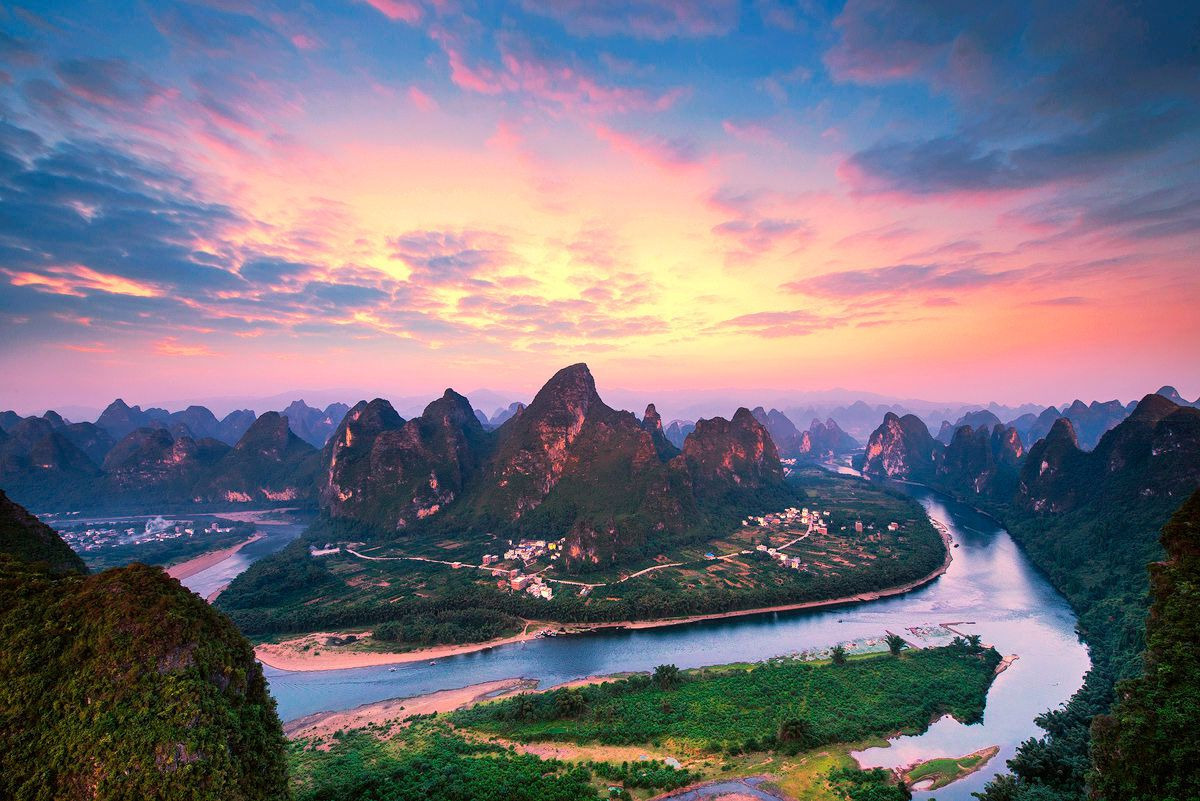
Highlight:
The stretch between Guilin and Yangshuo is particularly scenic, featuring famous spots like Elephant Trunk Hill, Mural Hill, and Xingping Village.
Useful Tips:
- Opt for a cruise from Guilin to Yangshuo to enjoy the best views.
- Bring a camera, as the landscapes are incredibly photogenic.
- Visit during spring or autumn for the best weather.
How to Get There:
Guilin is accessible by train or flight from major cities in China. From Guilin, a Li River cruise takes about 4-5 hours to reach Yangshuo.
6. The Bund, Shanghai
The Bund, Shanghai’s famous waterfront district, offers a stunning juxtaposition of colonial-era architecture and modern skyscrapers. Stretching along the Huangpu River, it features historic buildings that housed international banks and trading houses during the 19th and early 20th centuries.
Highlight:
The panoramic views of the Pudong skyline, especially at dusk, are mesmerizing. Key buildings include the Customs House, HSBC Building, and Peace Hotel.
Useful Tips:
- Visit in the evening to see the illuminated skyline.
- Walk along the promenade for the best views.
- Consider taking a river cruise for a different perspective.
How to Get There:
The Bund is in central Shanghai, easily accessible by subway (Line 2 or 10 to East Nanjing Road Station).
7. Chengdu Research Base of Giant Panda Breeding
Located in Chengdu, Sichuan Province, this research base is dedicated to the conservation and breeding of giant pandas, red pandas, and other endangered species. It offers visitors the opportunity to observe these beloved animals in a naturalistic habitat.
Highlight:
The sight of playful panda cubs and the opportunity to learn about panda conservation efforts make this an unforgettable experience.
Useful Tips:
- Visit early in the morning to see the pandas at their most active.
- Wear comfortable shoes for walking around the spacious park.
- Allocate 2-3 hours for your visit.
How to Get There:
The base is about 10 km from downtown Chengdu. You can take a taxi or bus (the most direct is Bus 198) from various parts of the city.
8. The Potala Palace
The Potala Palace in Lhasa, Tibet, was the winter residence of the Dalai Lama and is a symbol of Tibetan Buddhism. Perched atop Marpo Ri Hill, it stands 13 stories tall and contains over 1,000 rooms, including chapels, halls, and libraries.
Highlight:
The Red Palace and the White Palace are the main structures, with the former housing numerous chapels and the latter serving as the administrative quarters.
Useful Tips:
- Acclimatize to the high altitude before visiting.
- Purchase tickets in advance as daily visitor numbers are limited.
- Dress modestly and respect local customs.
How to Get There:
Lhasa is accessible by flight or train from major Chinese cities. Local buses or taxis can take you to the Potala Palace.
9. Zhangjiajie National Forest Park
Famous for its towering sandstone pillars, Zhangjiajie National Forest Park in Hunan Province inspired the floating Hallelujah Mountains in the film “Avatar.” This UNESCO World Heritage site features lush forests, deep ravines, and breathtaking vistas.
Highlight:
The Avatar Hallelujah Mountain and the glass-bottomed Zhangjiajie Grand Canyon Bridge offer spectacular views and thrilling experiences.
Useful Tips:
- Wear sturdy walking shoes for hiking.
- Bring a camera for the stunning landscapes.
- Visit early to avoid the crowds.
How to Get There:
Fly to Zhangjiajie Hehua Airport or take a train to Zhangjiajie Railway Station. From there, buses or taxis can take you to the park entrance.
10. The Yellow Mountains (Huangshan)
The Yellow Mountains, or Huangshan, are renowned for their unique granite peaks, hot springs, clouds, and ancient pine trees. This UNESCO World Heritage site in Anhui Province has inspired countless Chinese paintings and poems.
Highlight:
Key attractions include the Sunrise at Dawn Pavilion, the Sea of Clouds, and the Hot Springs Scenic Area.
Useful Tips:
- Stay overnight at a mountain hotel to catch the sunrise.
- Pack warm clothing, as temperatures can drop significantly.
- Use cable cars to reach higher elevations if hiking is challenging.
How to Get There:
Take a train or flight to Huangshan City, then a bus or taxi to the mountain base. Cable cars and trails lead to the main scenic areas.
These descriptions should help you plan an enriching and memorable trip to China, highlighting some of its most remarkable attractions.
